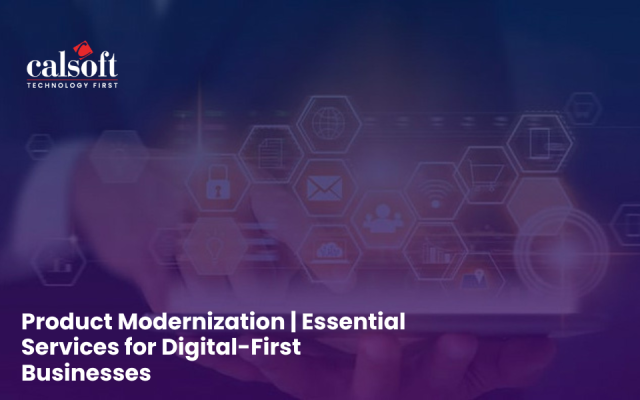Those attending VMworld in San Francisco in the summer this year could not escape mention of the “Unified Hybrid Cloud” and the stories seem to have now made their way across the Atlantic to VMworld Europe in Barcelona. Last week Bill Fathers EVP & GM of VMware’s Cloud Services Business lay out this case all over again, “VMware’s approach is about empowering organizations to securely build, run and deliver any application across any environment. Our public cloud, vCloud Air, and global service provider ecosystem, vCloud Air Network, form the core components of our Unified Hybrid Cloud and remove that compromise from consideration.”
With so much attention (hype?), it may be worth taking a slightly longer look at what the fuss is all about. First what has changed? The Public Cloud aka Amazon has been around for long enough to have become a staple and even the software-defined data center is reasonably commonplace now. How is this offering from VMware different? The sessions at VMworld made the point that enterprises that used both in-house data centers and the public cloud still faced significant challenges if they wanted to truly “run, build, deliver and secure any app, anytime, anyplace” in the words of VMware President Carl Eschenbach. The succeeding sessions made the point (repeatedly) just how difficult IT and data center managers found managing the IT infrastructure environment spread across the data center, the private cloud and the public cloud given the inconsistency in the different framework options. Key challenges like allocating and balancing workloads have the potential to impact business agility. The VMware Unified Hybrid Cloud seeks to address this challenge by, essentially, providing unified and consistent management across the datacenter and the public cloud, irrespective of whether they are on AWS, Microsoft Azure or VMware’s own vCloud Air network. The kicker seems to be the ability to easily & seamlessly move applications or workloads across the private and public cloud using vMotion. VMworld showcased several demos, use cases and live customer stories, including a significant session with DIRECTV, that showed just how easy it seemed to be to extend the data center into the Cloud.
Apart from workloads data center managers worry about disaster recovery and the new offering seems to have some traditionally data center DR capabilities extended into the cloud. There was news of an enhanced Site Recovery Manager Air and vCloud Air Disaster Recovery Service. It seems to be quite simple to designate a virtual private data center in the cloud as a DR site, courtesy the aforementioned ease of management. The offering allows the data center manager to define DR plans and set up DR schedules and procedures in the Cloud – more or less as they would in an on-premise virtualized data center. Then there is the upcoming vCloud Air Object Storage, built around Google Cloud Platform, that offers the option of permanent storage in the Cloud.
The push for this offering seems to be driven by the coming of what VMware calls the “Hybrid Application”. VMware’s case is that the world of the Hybrid application needs greater flexibility in the virtualized data center and the Cloud. The end objectives are many – optimizing hardware investments, giving the business the infrastructure it needs just when it needs it and making IT operations simpler and smoother. VMware itself says the offering is intended to help today’s digital organization innovate faster, engage better with customers and employees and to protect its own brand and reputation – laudable business benefits of an enlightened, or unified hybrid, cloud strategy indeed.
To know more email: marketing@calsoftinc.com
Anupam Bhide | Calsoft Inc.







